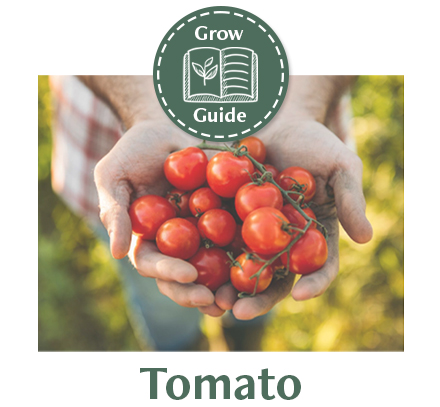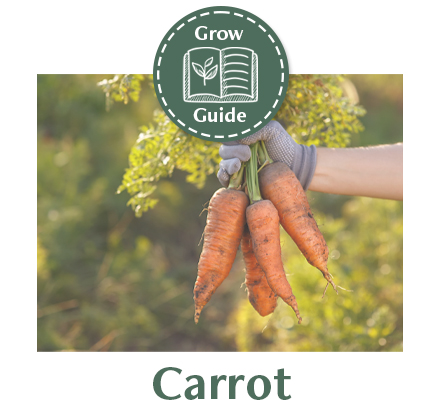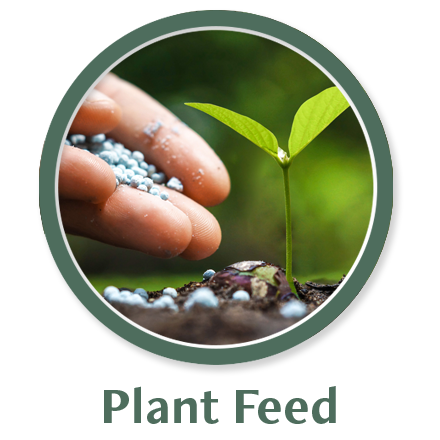

Potatoes are a root vegetable that are versatile to cook with. They are more calorific than other vegetables, containing 161 calories in one medium baked potato and 36.6g of carbs. This does however make them a good filling staple.
Vitamin C, B6 and potassium are found in potatoes, containing 26-28% of each depending on the variety, which works in the body to use and store energy, used in the production of red blood cells, repairing tissue cells and the absorption of iron.
It’s also been found that the starch found in potatoes feeds the good bacteria in the gut and therefore improving digestive health.
The way the potato is prepared will impact on the level of nutrients retained.

Potatoes varieties fall within a few groups; First earlies that crop in June – July, second earlies that crop from July and maincrop that crop in August through until October.
There are so many types of potatoes to choose from when it comes to the taste, texture and cooking qualities.
Russet varieties with thick skins and light fluffy centres that are ideal of baking. Red types that have think skins and stays firm throughout cooking. ideal for boiling, grilling and more. Yellow types that have a buttery flavour and creamy texture, perfect for mashing and for soups. White types with think skins and a nutty flavour, maintaining their firmness throughout cooking which is perfect for steaming, chips and salads. Purple types that have a medium skin and an earthy flavour best baked, in salads and microwaved. Fingerling types that have a nutty and buttery flavour with a firm texture that works well when baked, pan fried and steamed.

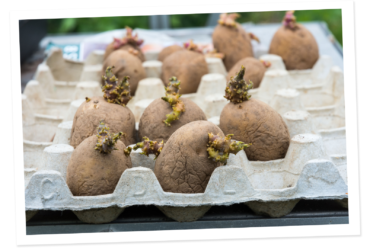
From late January chitting is required for all potato varieties, this is done by standing the seed potatoes in egg boxes rose end up (the end with the most eyes) . Choose a cool and sunny location such as a windowsill to encourage the potatoes to sprout prior to planting.
Planting period for first earlies – March with frost protection, taking 10-12 weeks to mature.
Second earlies – March to April with frost protection, taking 12-16 weeks to mature.
Maincrop – Mid to late April, taking 16 – 22 weeks to mature.

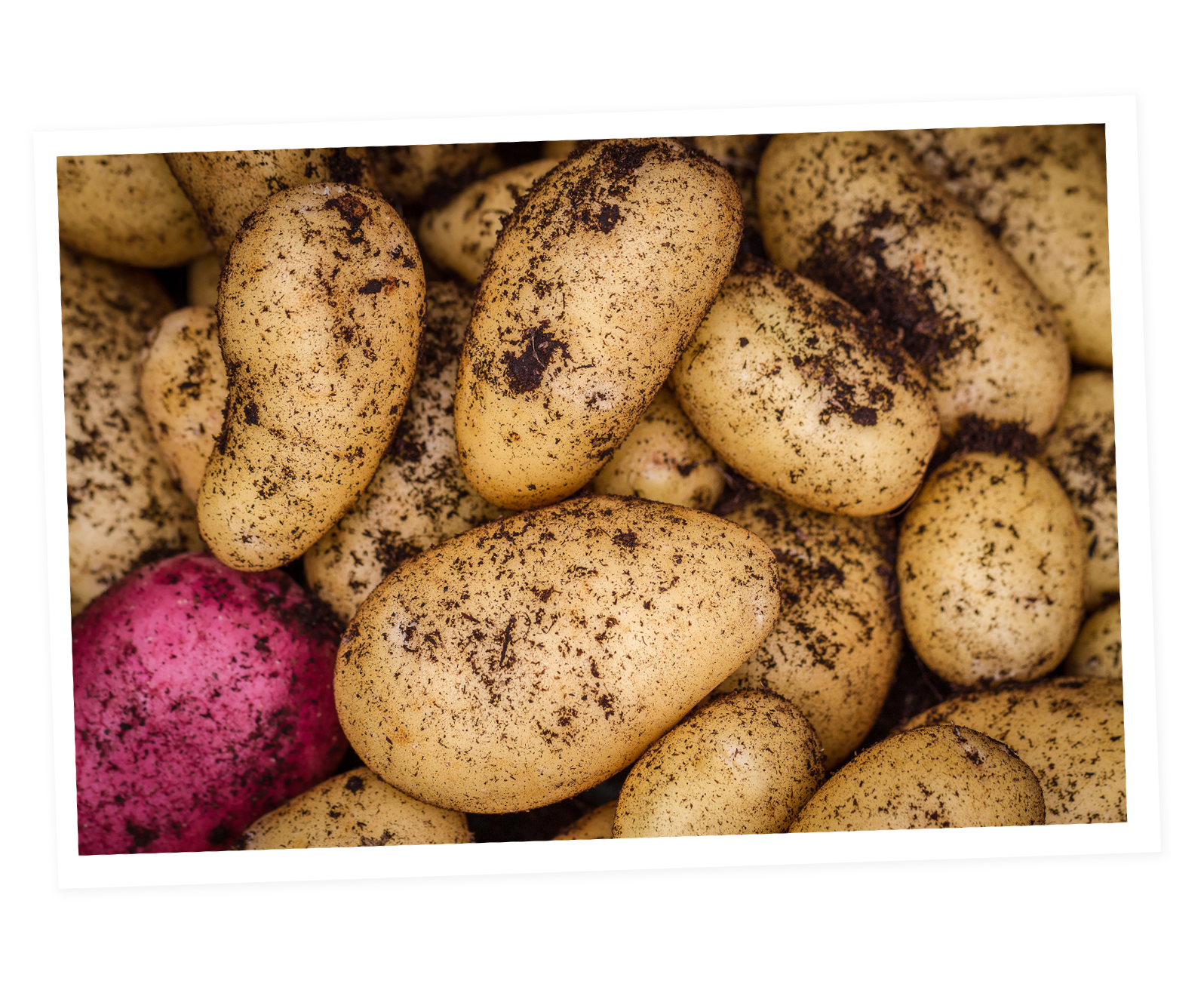
The benefit of growing potatoes is that they can be grown in a relatively small space, such as in a potato bag which can be folded up and stored until needed again. This makes growing veg at home a possibility for those who may only have balcony space rather than a full sized allotment.
It’s useful to prepare the ground during the autumn or winter prior to planting the potatoes by digging in plenty of organic matter such as a well-rotted manure or garden compost.
When creating the trenches for the tubers add in a general-purpose fertiliser.

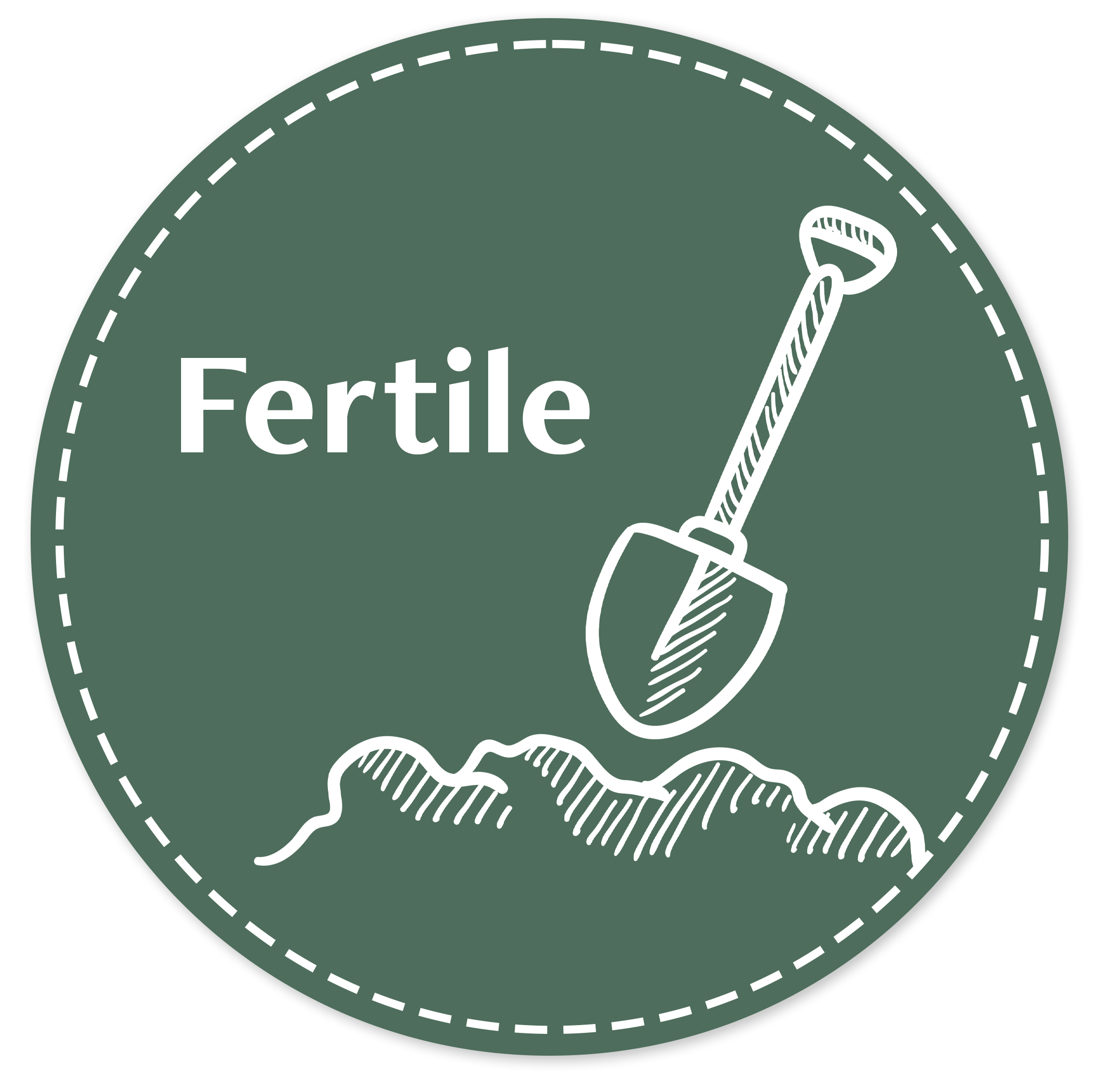

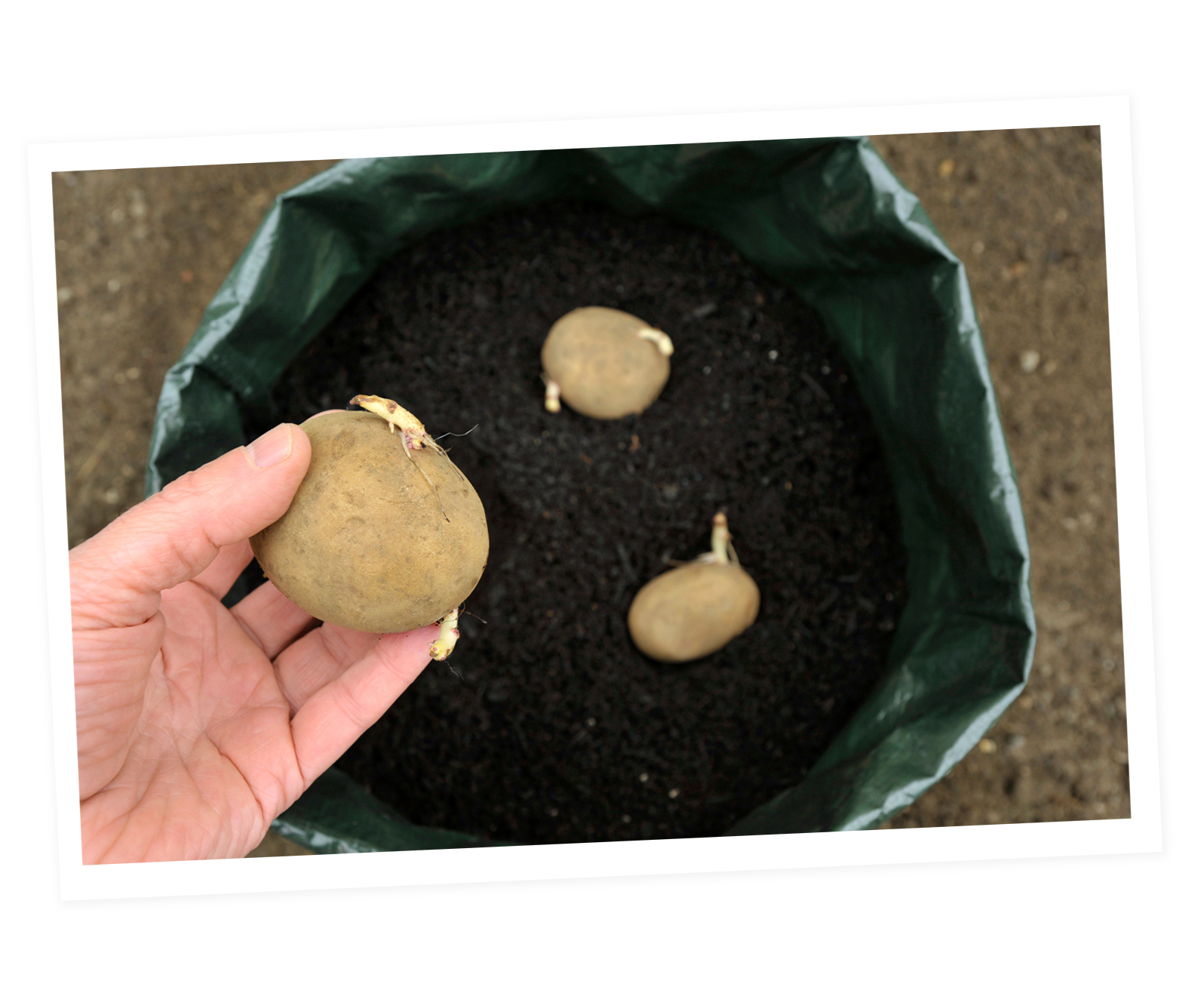
If planting in a veg patch the traditional method would be to dig a narrow trench 12cm deep, tubers 30cm apart and in rows 60cm apart for early varieties. For maincrop varieties dig the trench 12cm deep, tubers 37cm apart for maincrop and rows 75cm apart.
“Earthing up” is required as the potato plants grow, ensuring the developing potatoes and to protect early shoots from possible frost damage.
To do so, wait until the plant is 23cm tall and draw the soil up around it to create a ridge about 15cm high. This process will need to be repeated several times as the stems grow, until the ridge reaches 20-30cm in height.
Earthing up is not needed if you choose to plant your potatoes under black polythene sheets with slits for the plants. You will also have the added benefit of the new potatoes forming just below the sheet, limiting the need to digging up the tubers.
Potatoes require constant watering and careful attention during dry periods, especially when the tubers start to form.
At the second time of earthing up your maincrop variety add a nitrogen-rich fertiliser.


Potato Scab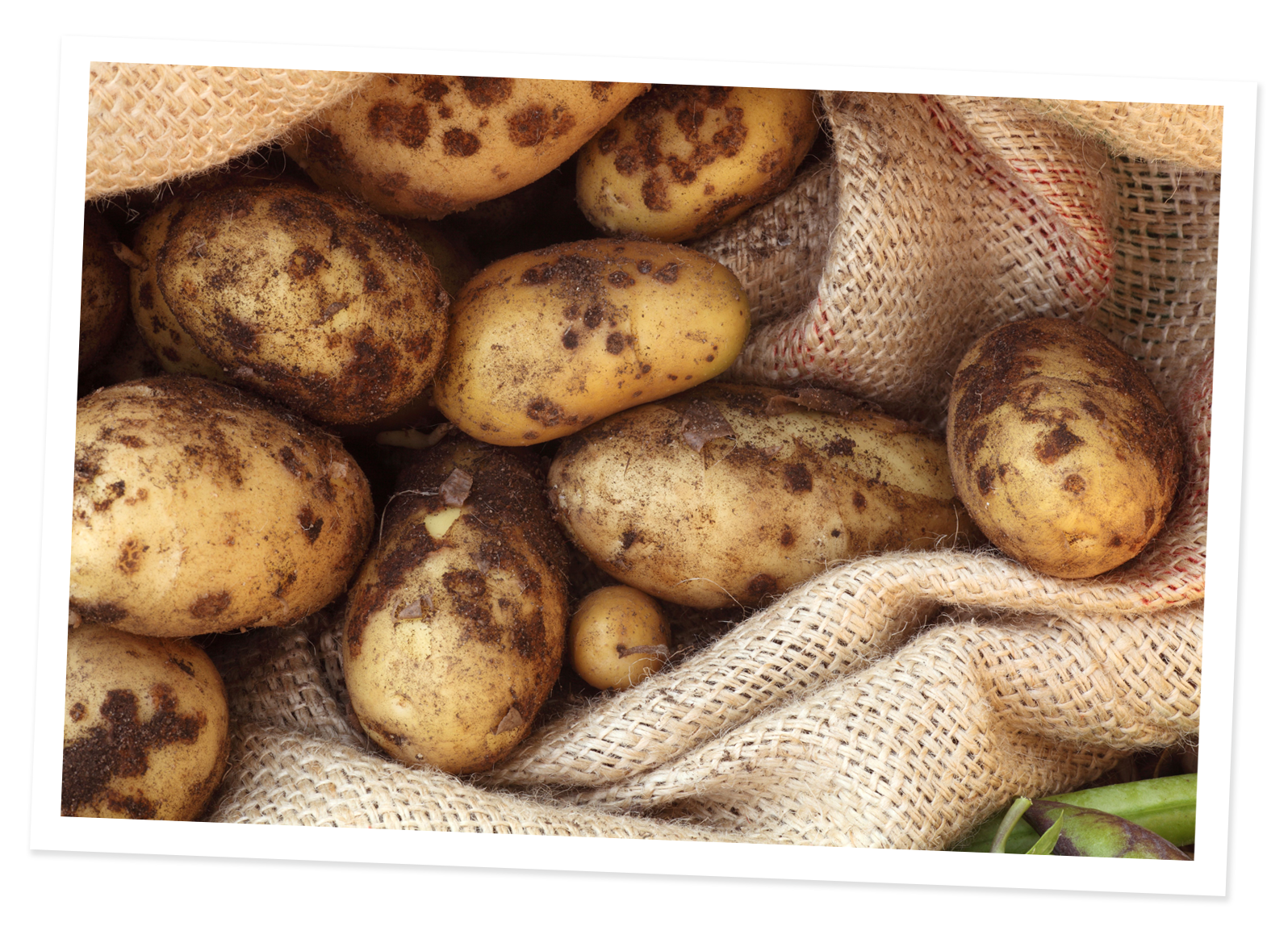
This disease that affects potatoes is recognised by the raised scab-like lesions on the potato surface. Although unsightly this does not impact on the flavour of the potato and can be easily removed when peeling.
Unfortunately there is no control for scab and is only apparent when harvested. Potato Scab is more common during dry weather so aim to maintain a consistent watering regime.
Potato Rot
When ground is wet for prolonged periods of time it can cause the tubers to rot. The seed potatoes we supply are high quality and resistant certified which will reduce the chance of rot but by also lifting the potatoes when the soil is not too wet or too hard and dry will help.
Potato Blackleg
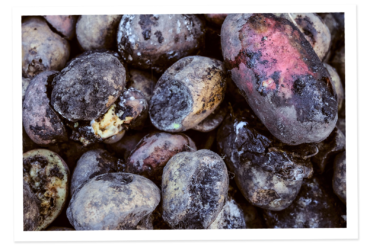
A common bacterial disease that is recognised by a black rotting stem base, stunted growth with yellowing stems and is tubers do form they may be grey, brown or rotten.
Choosing resistant crops is a good place to start, such as Charlotte, Pixie and Saxon. If the plants do become infected destroy the plant and rotate as to not grow in infected soils.
Potato Blight
Wet and warm summers can lead to potato blight which causes the leaves and the stems of the plant to have a rapidly spreading brown watery rot. The tubers may have a reddish-brown decay below the skin that eventually softens.
Earthing up potatoes is a good way to limit the chance of blight taking a hold of the plant, alternatively stick to growing earlies as they grow before blight is a problem.
Once the blight has taken affect it’s very difficult to stop. Remove the leaves that are affected but by remove too many will impact on the plants growth.

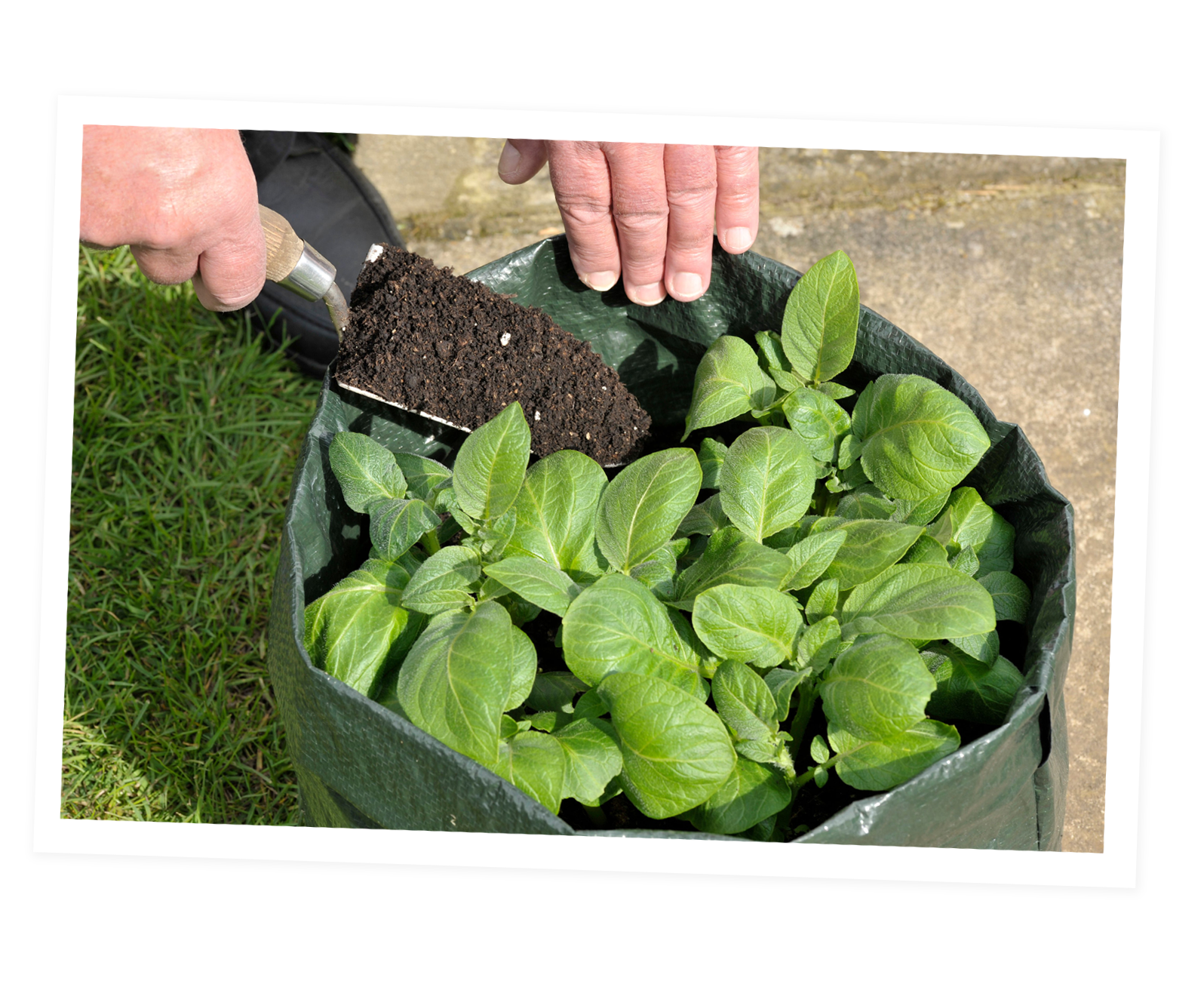
Harvest first earlier from June – July and for second earlies harvest from July – August when the flowers open or the buds drop. The tubers are ready to picking when they’re the size of hen’s egg
Maincrop from August – October. s.
For storing, wait until the foliage turns yellow to then cut the stems down. Wait 10 days to harvest the tubers, then allow them to dry for a few hours prior to storing.


